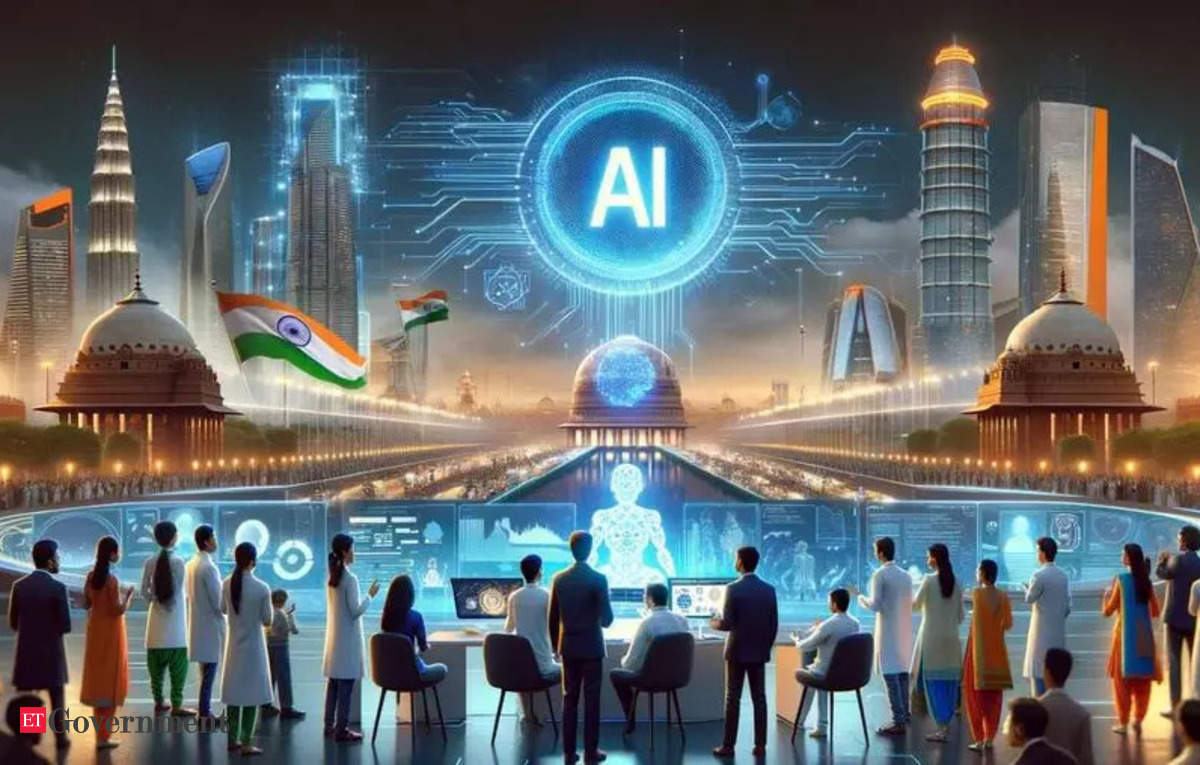Artificial Intelligence (AI) has emerged as a transformative technology across industries, yet the costs associated with developing AI systems can be staggering.
The High Cost of AI: Factors at Play
Infrastructure Requirements: Developing advanced AI models requires significant computational power, which translates to high costs. Training large language models (LLMs) necessitates access to thousands of high-performance GPUs. For instance, while some models like ChatGPT-4 were trained on around 25,000 GPUs, India currently has about 15,000 high-end GPUs available. This disparity highlights the infrastructural gap that contributes to the overall expense of AI development.
Data Acquisition and Management: Quality data is critical for training effective AI models. However, acquiring and managing high-quality datasets can be expensive. In India, while there is no shortage of data due to its vast internet user base, the quality and accessibility of this data remain issues. The lack of well-annotated datasets hampers the development process and increases costs associated with data cleaning and preparation.
Talent Shortage: The expertise required to develop sophisticated AI systems is in high demand but short supply. India faces a significant talent gap in AI research and development compared to countries like the United States and China. The migration of skilled professionals to these countries exacerbates this issue, leading to increased costs for companies trying to attract or retain talent.
Research and Development (R&D) Investment: Effective AI development relies heavily on R&D investment. Countries that have made substantial investments in their AI ecosystems have seen faster advancements and lower costs over time. In contrast, India's investment in AI R&D remains limited, affecting its ability to develop competitive models.
Regulatory Compliance: Navigating the regulatory landscape can also add to the cost of developing AI technologies. Companies must ensure compliance with data protection laws and ethical guidelines, which often require additional resources for legal consultations and adjustments in technology deployment.
Computational Efficiency: Many organizations still rely on brute-force methods for training AI models, which can be resource-intensive and costly. Innovative approaches that focus on efficiency could potentially reduce costs but require initial investment in research and development.
India's Struggle with AI Model Development
Despite its potential, India has not yet developed its own foundational AI models comparable to those created by global leaders like OpenAI or Alibaba's Qwen series. Several factors contribute to this situation:
Lack of Strategic Focus: India has not established a comprehensive strategy connecting government initiatives, industry needs, academia, and society regarding AI development. This lack of coordination hampers efforts to build a robust AI ecosystem.
Insufficient Investment in Hardware: Unlike China and the US, India lacks major investments in AI chip hardware design and production capabilities. This absence limits the country's ability to develop competitive models that require advanced hardware.
Data Quality Issues: While India generates vast amounts of data daily, the quality of this data is often inadequate for training reliable AI models. Issues such as unstructured data, inconsistent formats, and inadequate labeling create barriers that increase development costs.
Brain Drain: The migration of talented individuals from India to countries with more developed AI ecosystems leads to a significant loss of expertise that could otherwise contribute to local model development.
Complex Social Dynamics: India's diverse population presents unique challenges for developing inclusive AI technologies. Models must reflect the country's cultural diversity to avoid biases and ensure equitable outcomes.
Emerging Global Competition: The rapid advancements made by other nations in the field of AI create a competitive pressure that India must address urgently if it aims to catch up.
The Road Ahead for India's AI Aspirations

Despite these challenges, there are promising developments on the horizon for India's AI landscape:
Government Initiatives: The Indian government has announced plans for multiple sovereign foundational AI models within the next few years. This initiative aims to bolster India's capabilities in developing homegrown solutions tailored to local needs.
Collaborative Efforts: Increased collaboration between public institutions, private companies, and academic entities is essential for fostering innovation in India's AI sector. Such partnerships can mobilize resources effectively and enhance research outputs.
Focus on Local Datasets: There is a growing recognition of the need for India-specific datasets that accurately represent its population's diversity. Developing these datasets will be crucial for building effective AI applications that serve all segments of society.
Investment in Education: To address the talent shortage, there must be a concerted effort to invest in education and training programs focused on AI technologies at various levels—from schools to universities.
Encouraging Startups: Supporting startups focused on innovative solutions can help cultivate a vibrant ecosystem that contributes to India's overall technological advancement.
Ethical Frameworks: Establishing ethical guidelines for AI deployment will ensure responsible use while addressing concerns related to privacy and discrimination.
The high costs associated with developing artificial intelligence are influenced by various factors ranging from infrastructure needs to talent shortages and regulatory compliance issues. While India faces significant challenges in establishing its own foundational models, recent government initiatives and collaborative efforts signal a potential shift toward building a more robust AI ecosystem in the country.
By focusing on strategic investments in hardware, quality data acquisition, education, and ethical frameworks, India can pave the way for successful AI development that meets both local needs and global standards.
